Underground energy transmission project will contact all adjoining landowners
By Bob Steenson, bsteenson@charlescitypress.com
Landowners bordering a proposed underground power transmission line through Floyd County will be getting at least “nominal” compensation, even though the developers say there will be virtually no impact on the bordering property.
Online video public hearings have been held Monday, Tuesday and Thursday this week for adjoining property owners and others interested in the SOO Green project that proposes to build an underground high-energy DC current line along Canadian Pacific Railroad right-of-way from Iowa to Illinois.
The final Iowa hearings will be held at noon and 5:30 p.m. today (Friday).
Neil Jones, vice president of real estate with Direct Connect, the project developer company, gave an overview of the project and how it might impact neighboring property owners.
The 350-mile project would go from just west of Mason City, across eight Iowa counties including Floyd County, under the Mississippi River and ending near Plano, Illinois.
“Over the coming months, each landowner along the Canadian Pacific route will be approached to consider one or possibly two separate types of agreements,” Jones said.
All the landowners along the railroad route will be approached with an offer for a cooperation agreement, he said.
“This is kind of a good neighbor agreement for the temporary inconvenience caused by construction. It confirms the existing landowner so we’ll know the correct owner and point of contact. It also will provide … nominal initial compensation to all participating landowners,” Jones said.
“The agreement will also make it easier for us to coordinate and compensate for any potential repairs,” he said.
Property owners on the side of the railroad right of way where the cables are buried will be eligible to receive additional compensation.
In a few cases, property owners will be approached for easements that extend onto their property.
“These agreements will be for areas where we need additional space for construction or for offrail access, access roads or possibly temporary staging areas,” Jones said.
He said the project does not currently see the need to purchase additional right of way to locate the cables, but if it does it will negotiate with the property owners.
He said the developers don’t anticipate using imminent domain to force any property sales, but if they need to they would take that step “only after making a good faith effort to reach voluntary agreement.”
Jones said SOO Green is the first major transmission project that will connect two of the largest electric power markets in the United States — the Midcontinent Independent System Operator group (MISO), and the PJM Interconnection LLC.
“To give you an idea of scale, MISO serves approximately 42 million people across 15 states, as well as the Canadian province of Manitoba, whereas PJM serves over 65 million people across 13 states and the District of Columbia,” Jones said.
MISO states are all or parts of Iowa, Arizona, Illinois, Indiana, Kentucky, Louisiana, Michigan, Minnesota, Mississippi, Missouri, Montana, North Dakota, South Dakota, Texas and Wisconsin.
PJM states are Delaware, Illinois, Indiana, Kentucky, Maryland, Michigan, New Jersey, North Carolina, Ohio, Pennsylvania, Tennessee, Virginia and West Virginia.
These regional markets are like the “air traffic controllers” for their portion of the electrical grid, coordinating power suppliers, transmission lines and power consumers to make sure there’s enough electricity for their users, Jones said.
“We will install the transmission line underground, not overhead. This limits impact on neighboring landowners as well as the environment, and placing the line underground minimizes disruptions due to extreme weather events,” Jones said.
For most of the route, a trench will be dug on the railroad right of way, as far from the track as possible, 5 feet deep and 3 feet wide. Two 8-inch diameter sealed PVC conduits will be placed in the trench, then the trench will be refilled with native soil.
The trench is not expected to be reopened during the life of the project, and no cooling fluids or other substances will be required in the conduits.
After the conduits are in place, 5-inch diameter cables will be pulled through. The cables have a thick copper strand core and are surrounded by another thick layer of cross-linked polyethylene, which Jones says has superior insulating capability as well as being impact resistant and resilient to environmental conditions.
“These cables are also marine grade, meaning they can continue to operate effectively even if exposed to water,” he said.
To get under roads, existing utilities or sensitive habitat, a jack-and-bore method is used where crews bore a hole under the area, placing both conduits in a single bore.
Where wider areas must be spanned without trenching, such as under a river, horizontal directional drilling will be used to place the conduit under the river.
“Following construction, the land along the project corridor is returned to close to its original state and the line is put into service,” according to a video that Jones played as part of the hearing.
The project will be paid for by the companies that use the line to transmit power, he said, not by ratepayers along the way.
“There are currently no state or federal tax credits for SOO Green, and the project does not rely on any government subsidies to make it financially viable,” Jones said.
He said the Midwest, from the Dakotas down to Texas, has some of the best wind resources on the planet, but the current electrical grid structure has not kept up with the increases in renewable energy generation.
“Even though there are vast amounts of renewable energy being generated, the ability to transmit that generation to areas of demand are currently limited,” he said.
The project’s main investor is Copenhagen Infrastructure Partners, of Denmark, which has experience with similar underground projects in Europe, Jones said.
Siemens is an investor and will provide the AC to DC current conversion technology, and Jingoli Power is the project engineer and also an investor, Jones said.
The final two virtual public hearings will be at noon and 5:30 p.m. today (Friday). To participate, people need to register to receive a meeting invitation, by going to https://register.gotowebinar.com/register/5721961171373805323.
The public hearings are required by state law, because the project is essentially requesting a public utility franchise, just as would be the case if it involved overhead transmission lines.
Because of coronavirus mitigation efforts, previously scheduled public hearings were canceled and the online video hearings set up to take their place.

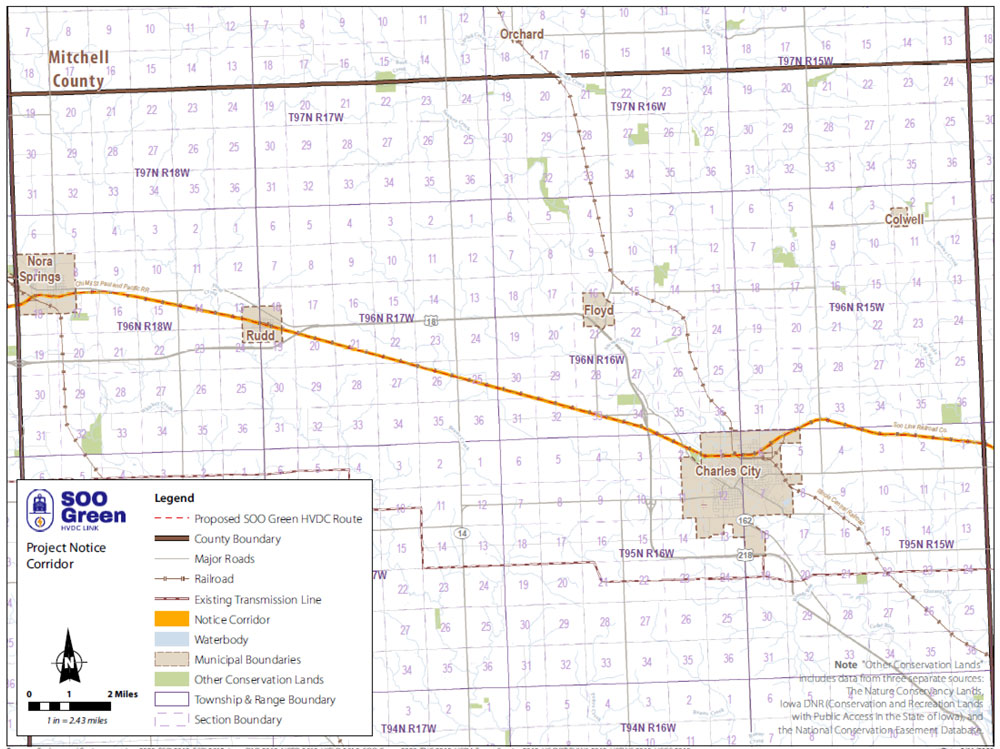
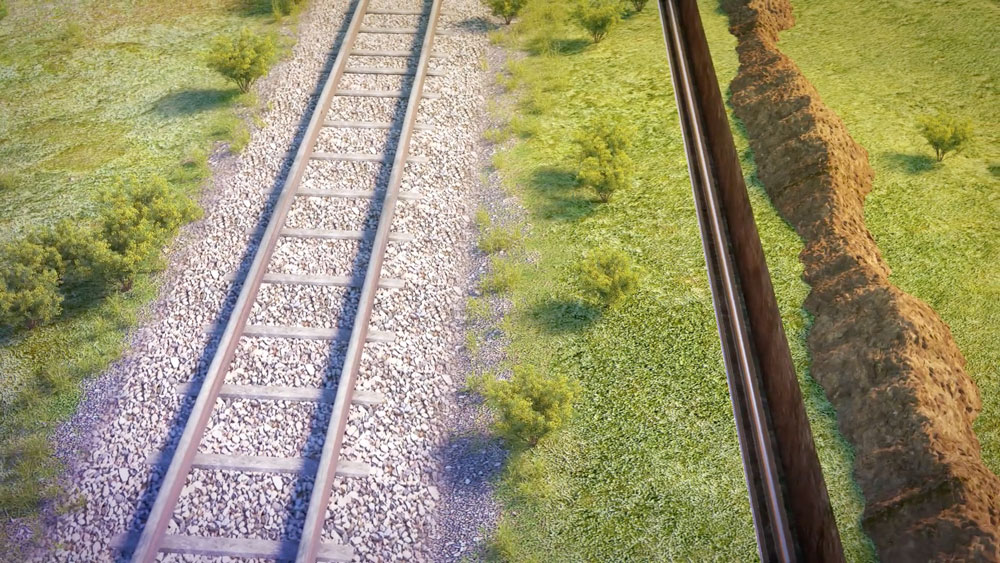
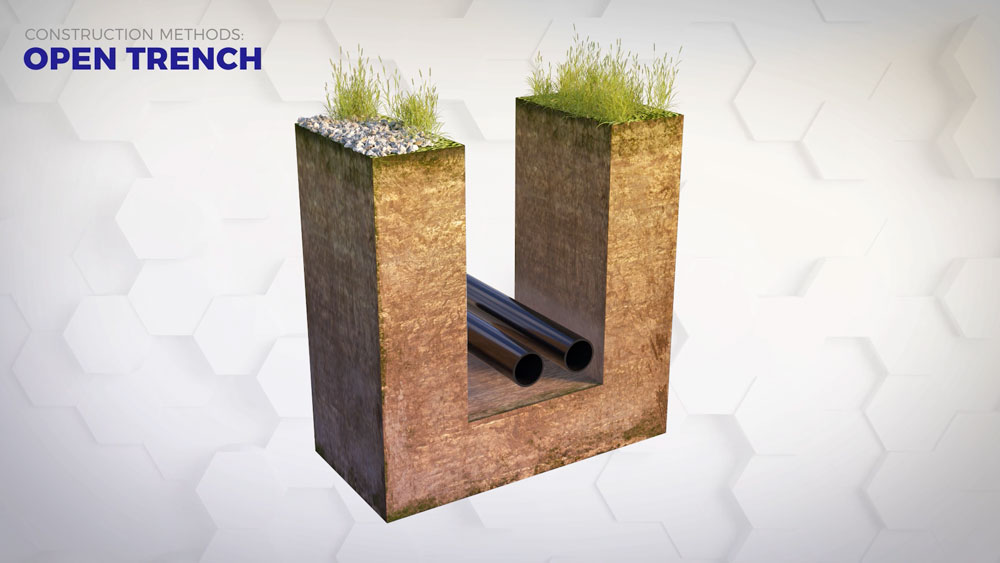
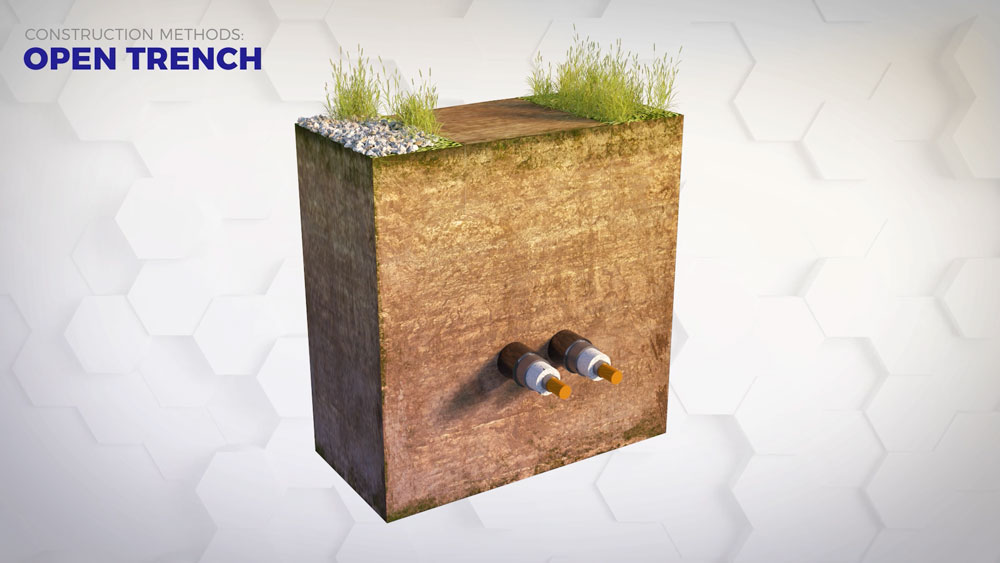
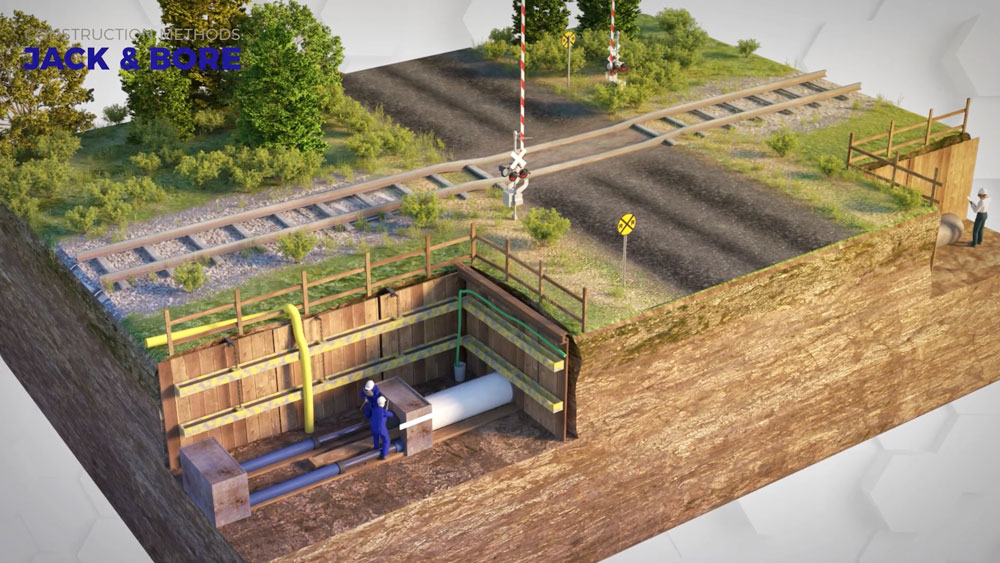
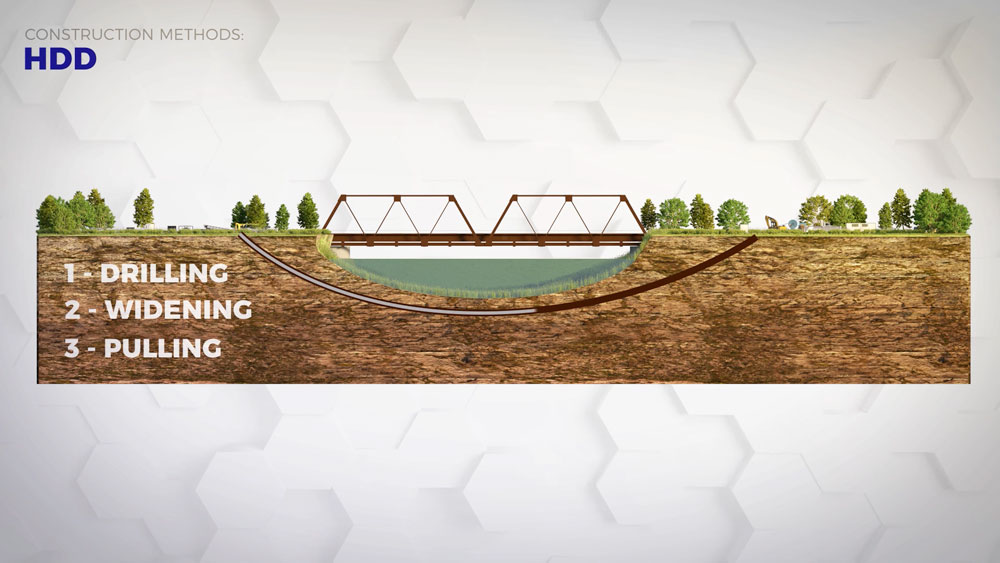
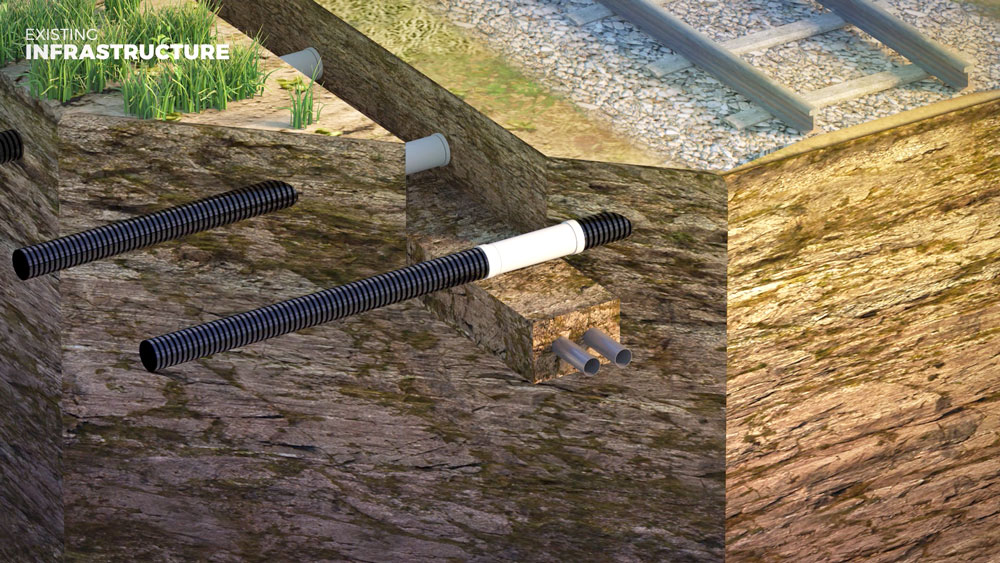
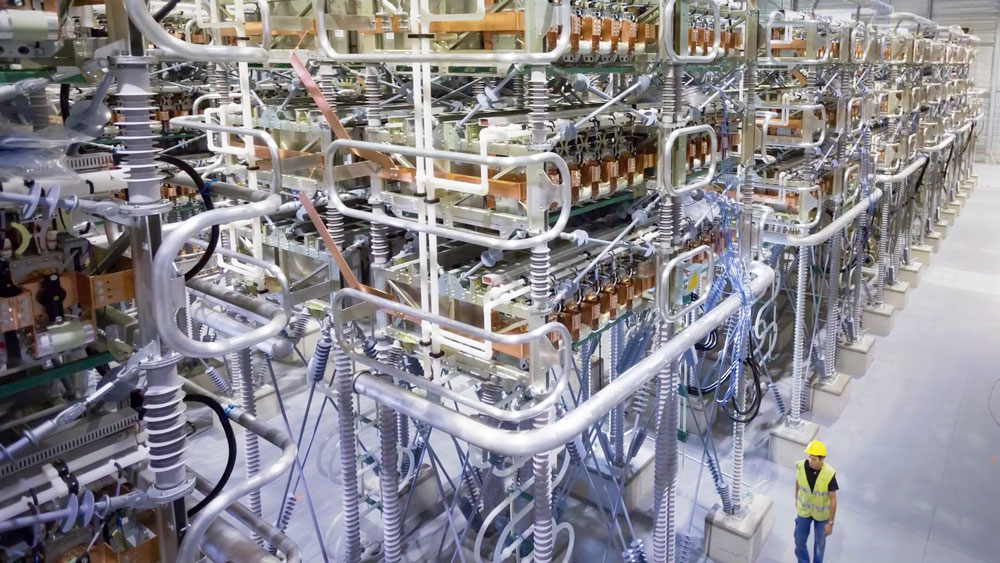

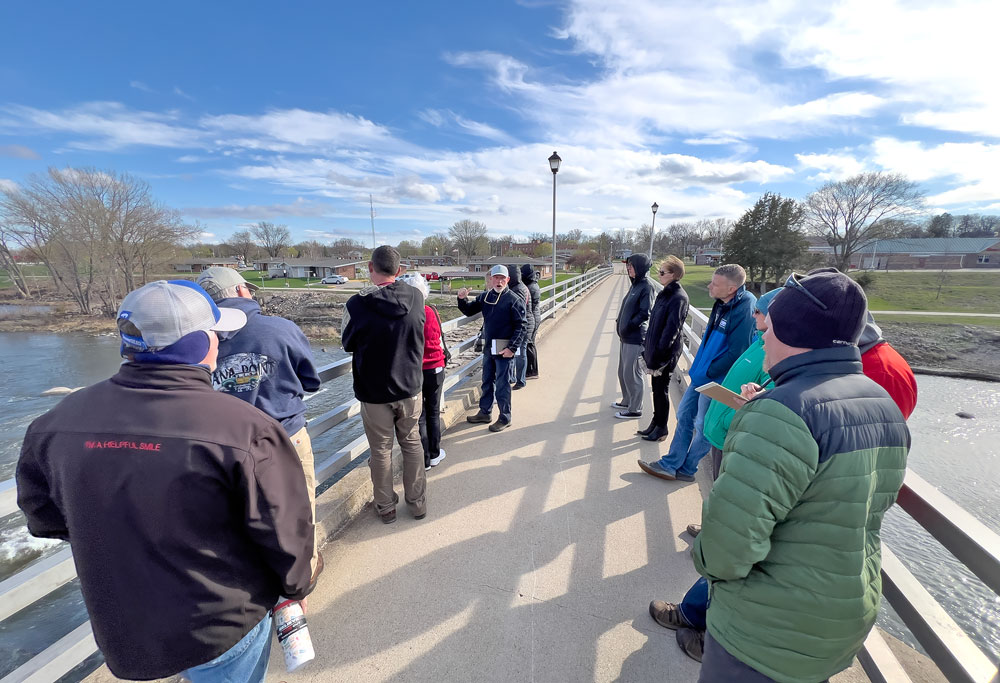
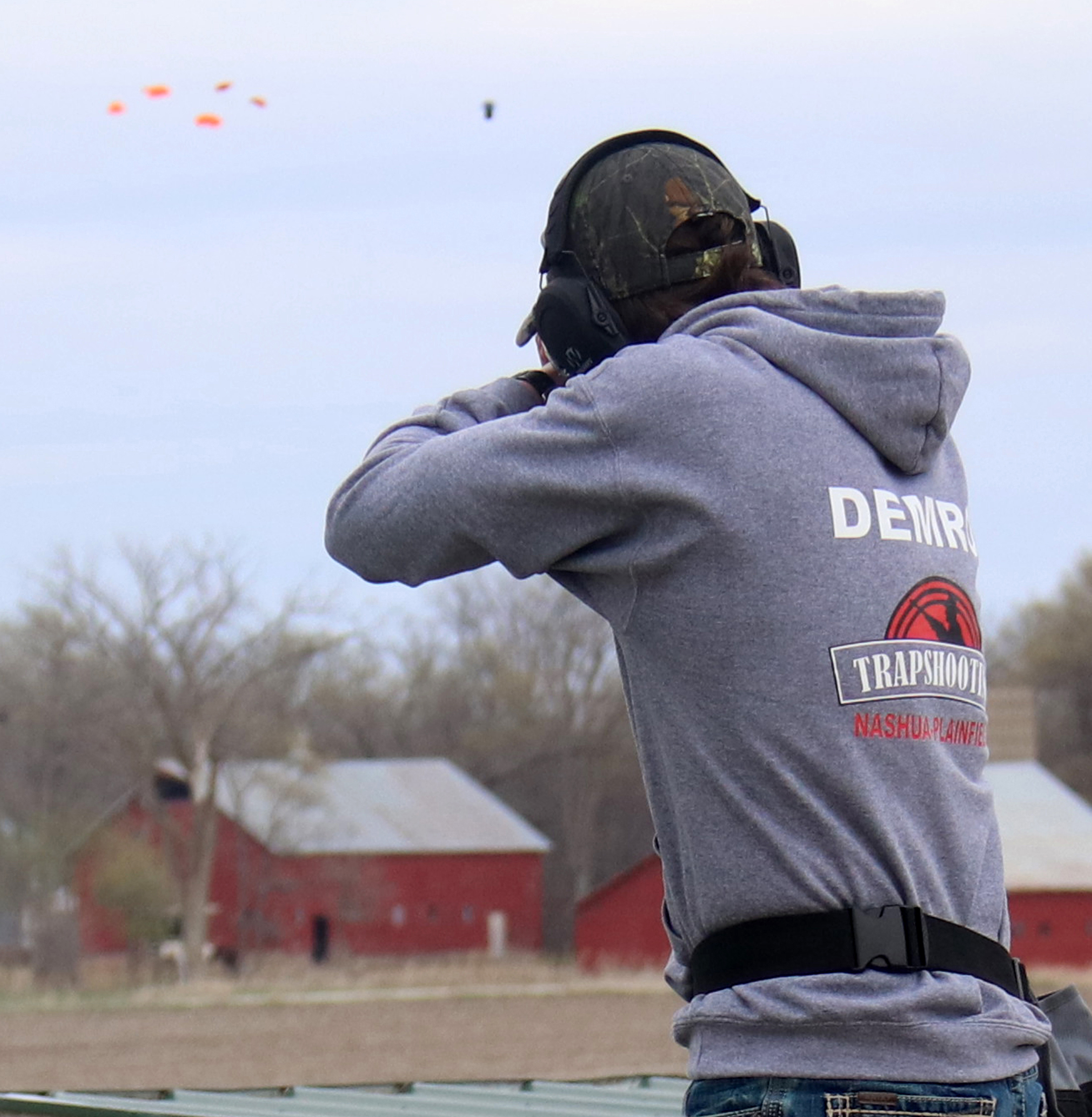
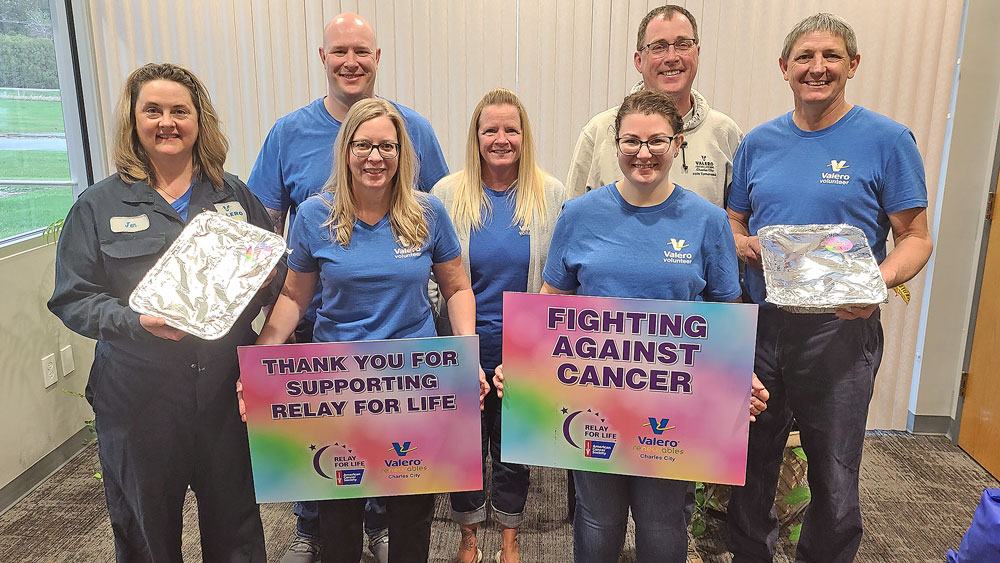


Social Share